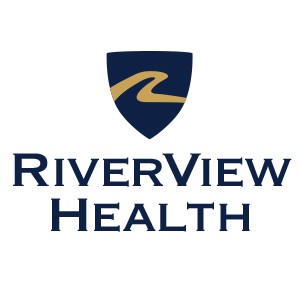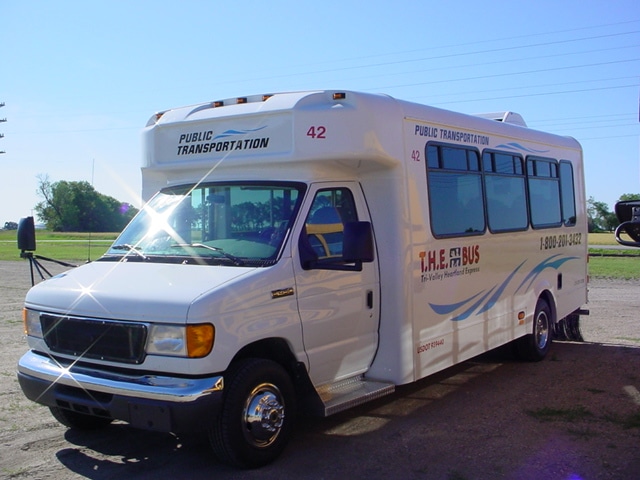When RiverView Health began planning for a new hospital and even when the construction on the new building began, they likely didn’t imagine they’d be opening in the midst of a pandemic that would impact their operations and services. But that is exactly the situation they found themselves in when the new hospital opened in October, just as the number of cases in the region began to surge.
RiverView Health CEO Carrie Michalski said that being the only hospital in the community, RiverView’s focus is making sure to adjust to meet patients’ needs, with the needs of COVID care during the pandemic being front and center. “Every day, we’re looking at our workforce, at our resources, and making sure that we have adequate resources that are needed to care for COVID patients,” said Michalski. “That remains our priority, which means that day-to-day there could be some fluctuations or delays of a procedure that’s not time-sensitive.”
Michalski said increased hospitalizations generally follow a spike, but RiverView feels prepared and has maintained plenty of capacity. “Hospitalizations generally come a little bit after we see the spike in the community,” said Michalski. “We’ve been preparing for these spikes since last March, and we feel very well prepared at RiverView. We did peak at about six COVID patients in our care at any giving time in the hospital. That’s gone down, so I think we’re sitting at three patients and we have plenty of capacity at this time. We’re accepting all types of admissions, and it’s something that’s just a fluid situation. As more care cases are in the community, that also means our health care workers live in the community and have more chances of being exposed. We’ve kind of seen our inpatient numbers go down as far as the patients in our region needing inpatient COVID care, and then we’re seeing our employees impacted by COVID going down as well. Both of those are good signs of moving in the right direction.”
The impact of COVID-19 isn’t just in the number of beds available for the seriously ill. Michalski said the volume of non-COVID patients seeking care and procedures is down, which has impacted the hospital financially. “It’s had a tremendous negative impact on our financial health,” said Michalski. “We’ve talked in the past that maybe that’s not so intuitive. That, if the pandemic involves health care treatment, folks might assume that financially hospitals are bearing this pandemic well, and the reality of that is it’s not. There are still lots of delays in care, people of higher risk that need to stay isolated, and that’s delaying care, which means our volumes are still considerably down. And that’s having a significant negative impact on our financial health as well. We are very hopeful for our long-term success, but we do need some help from our state and federal government in terms of allowing us to operate within the resources that are available. We’re having conversations with our congressional representatives and watching COVID relief packages like other industries as well.”
Recently approved vaccines have offered some hope that the COVID-19 pandemic will be coming to an end. Michalski said the vaccines will take about five weeks from the first dose until the vaccine reaches peak effectiveness against COVID-19. “We’ll make a lot more resources available to our community in partnership with Public Health and the Minnesota Department of Health to make sure our community is well educated on the vaccine so that everyone can make decisions with the right and correct information,” said Michalski. “But to give some timeline examples, the vaccine is a two-dose vaccine. It’s 21 days apart, and it’s believed the full protective value of the vaccine peaks about two weeks after you get that second dose. For the most vulnerable and our health care workers that are in that first tier, it’s looking like vaccinations will be starting the week of December 28. So, for that group, if you think about it in terms of a timeline, those that are vaccinated that week will really be reaching their peak defenses and ability to be protected against COVID about the second week in February.”
Michalski said RiverView providers are taking training to learn about the vaccine, and more information will be coming out as vaccine production increases. “We just don’t know enough at this point beyond our initial shipments and receipts of vaccine how fast and in what quantities that vaccine will become available,” said Michalski. “But, certainly, we’re going to partner very closely with Public Health. Our RiverView providers are participating in training from the CDC and the Department of Health. And they will be very equipped to answer questions about risk/benefit for all types of situations for our community and patients. We will spend a lot of time getting education materials out and being helpful as people are making their decisions.”
The full interview is below –




